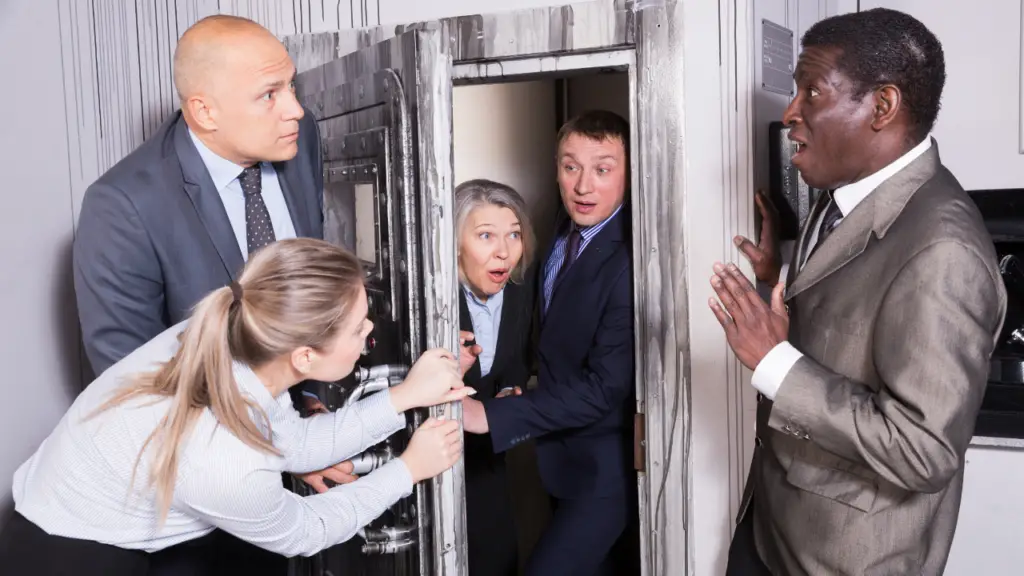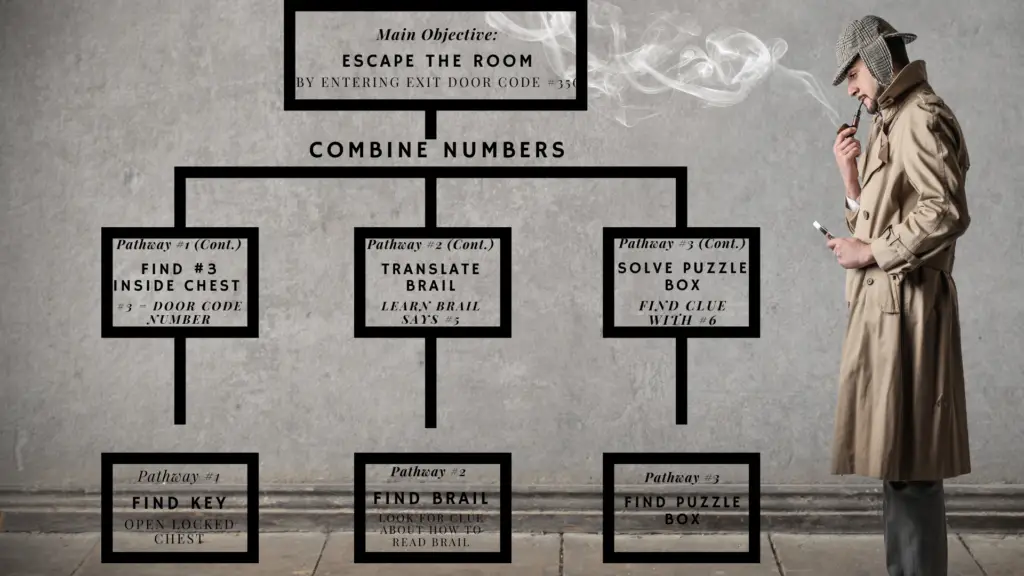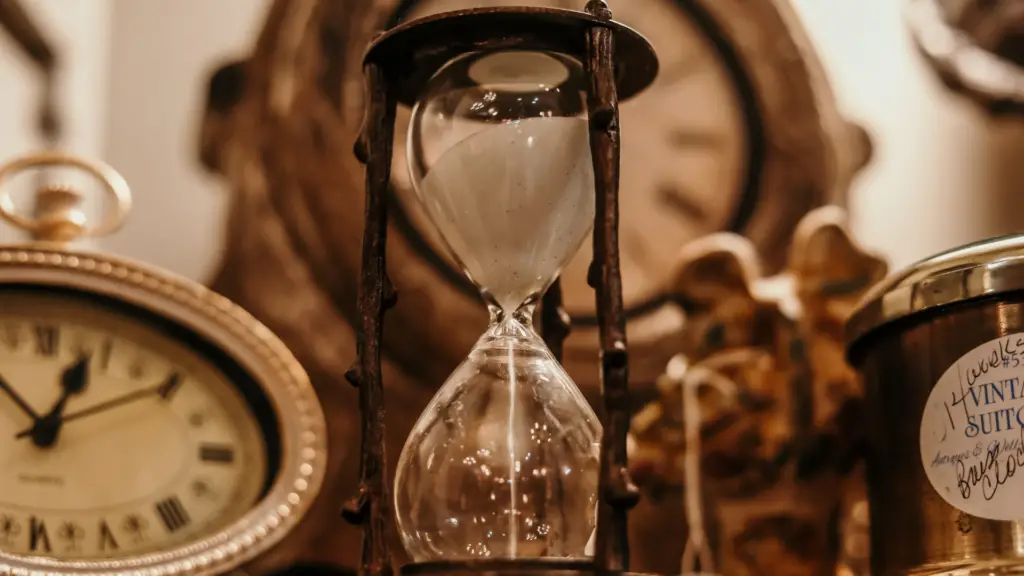How To Create the Ultimate Escape Room Experience
Escape rooms have become increasingly popular in recent years as an exciting and challenging experience for groups of friends, families, and colleagues. The concept of an escape room involves solving puzzles, riddles, and clues to escape a themed room in a limited amount of time. If you are interested in making your own escape room, we’ve got you covered. In this article, we will discuss how to make an escape room and some important factors to keep in mind.
In order to make an escape room you must follow these steps:
- Brainstorm a Theme and Plot
- Design the Room
- Choose your Puzzles and Challenges
- Create a Game Flow Chart
- Create an Atmosphere
- Set the Timer

Brainstorm a Theme and Plot
The first step in creating an escape room is to come up with a theme and plot. This will help determine the overall style and tone of the room, as well as the types of challenges and puzzles involved. Some popular themes for escape rooms include adventure, horror, and mystery.
Once you have chosen your theme, it is important to develop a plot that will guide players through the escape room. This plot should be clear and easy to understand, while still offering plenty of room for creativity and surprise.
Design the Room
Designing the physical space of the escape room is the next step. This can be as simple or intricate as you like, depending on the resources available. Some options for creating an escape room include building a physical room, using a pre-existing space, or simply transforming a room in your home.
No matter which option you choose, it is important to consider the layout and flow of the space. You want to ensure that players have enough room to move around and interact with the different puzzle elements, without feeling cramped or crowded.

Choose Your Puzzles and Challenges
The heart of any escape room is the puzzles and challenges. These are what keep players engaged and require them to use their problem-solving skills to escape the room. The key to designing effective puzzles is to strike a balance between difficulty and accessibility. You want to create challenges that are challenging enough to keep players engaged, but not so difficult that they become frustrated and give up.
Some common puzzle types include codes and ciphers, logic puzzles, physical challenges, and hidden objects. It is important to offer a variety of puzzle types to keep players engaged and facilitate teamwork.
Create A Game Flow Chart
A flow chart is a visual representation of the steps involved in a process. In the case of an escape room game, the flow chart outlines the sequence of actions necessary to complete the game successfully. It takes the player through every step, from entering the room to solving puzzles, and finally to the exit.
These charts will help you or your team remember how puzzles and clues function to help aid players throughout their experience. They can also help you or your team know how to reset the escape room after each group is finished. Make a reset sheet if you plan to reset the escape room frequently.

Create the Atmosphere
The atmosphere of an escape room is just as important as the puzzles themselves. You want to create an immersive environment that transports players to another world and adds to the overall experience. This can be achieved through the use of lighting, music, sound effects, and decorations.
For example, if you are creating a horror-themed escape room, you might want to keep the lighting low and play eerie music to create a tense atmosphere. On the other hand, if you are creating an adventure-themed escape room, you might want to brighten the lighting and play upbeat music to create a sense of excitement.
Set the Timer
Finally, you need to set a time limit for the escape room. The average time limit for an escape room is one hour, though this can vary based on the complexity of the puzzles and the challenges involved. It is important to communicate the time limit clearly to players before they begin, so they have an idea of how much time they have to complete the challenge.

Tips for Making an Escape Room
Now that you know the basic steps involved in making an escape room, here are some additional tips to consider:
Test It Out: Before inviting others to play your escape room, be sure to test it out yourself. This will help you identify any flaws or issues with the room that you may have overlooked.
Offer Hints: While you want your puzzles to be challenging, you also want players to succeed. Consider offering hints or clues to help players who are struggling.
Keep it Safe: Safety should always be a top priority when creating an escape room. Ensure that all elements of the room are secure and free from potential hazards.
Host at a Convenient Time: When planning an escape room, consider hosting it at a time that will be convenient for your players. This might mean planning it for a weekend or an evening when people are more likely to have free time.
Advertise: Once you have created your escape room, be sure to advertise it to friends, family members, and colleagues. You might also consider posting about it on social media or creating flyers to distribute around your community.



